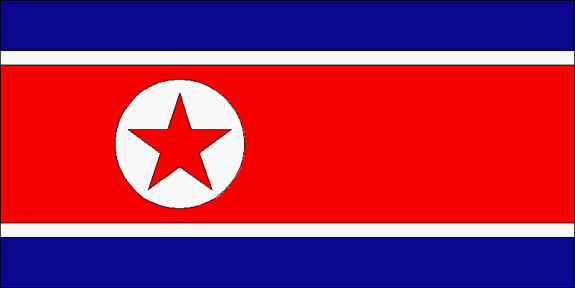





|
A program to modify the Scud-B (300 km/1,000 kg) is reported to have begun in 1988. The modified missile, referred to as the Scud-PIP (product improvement program), or Scud-C (500 km/700-800 kg), which achieved a longer range than its predecessors by reducing the payload and extending the length of the rocket body to increase the propellant by 25%. The first of three successful test firings of the SCUD-C was reported to have been completed in June 1990. Production capacity of the Scud-C was estimated at four to eight per month, and Pyongyang has hundreds of SCUDs in its inventory and available for use by its missile forces. In 1990, Iran is reported to have arranged for delivery of Scud-Cs, as well as North Korean assistance in setting up an assembly and manufacturing facility. Syria may also have received shipments of the Scud-C along with launchers, beginning in April 1991. As of early 2000 it was estimated that the North Korean ballistic missile inventory included over 500 SCUDs of various types, according to General Thomas Schwartz, commander-in-chief United Nations Command/Combined Forces Command and Commander, United States Forces Korea. |
|
||||||||||||||||||||||||||||||||||||||
